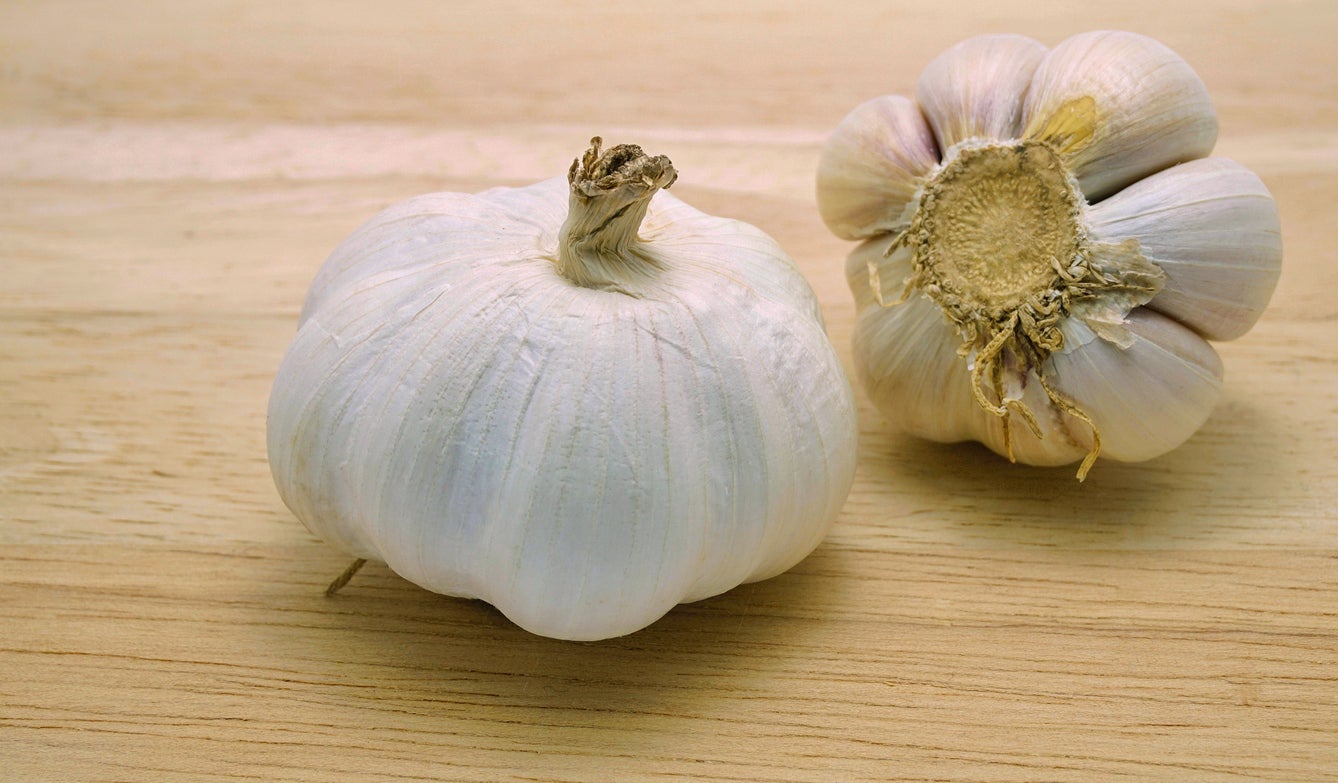Kettle River Giant Garlic: Tips For Growing Kettle River Garlic In The Garden


The addition of garlic to the home garden is an obvious choice for many growers. Homegrown garlic offers year-round access to high quality and pungent cloves, which are a treasure in the kitchen. While there are many garlics grown specifically for fresh eating, the strong flavors of some other varieties make them more suited for use in garlic butters, as well as in seasoning of meats and pasta dishes. ‘Kettle River Giant,’ for example, is prized for its attributes in cooking.
Kettle River Garlic Info
Kettle River Giant garlic is an artichoke type garlic which is capable of producing large garlic bulbs. Though the size of the bulbs will vary depending upon growing conditions in the garden, it is not uncommon for it to reach sizes of 4 inches (10 cm.) across.
Developed in the Pacific Northwest, this giant Kettle River garlic also demonstrates an impressive tolerance for both cold and hot temperatures. This, in tandem with its size, makes it a viable option for many home gardeners, as well as those who grow for farmers’ market production.
Kettle River Giant garlic matures early in the summer season and demonstrates wonderful storage ability. With its strong and spicy garlic taste, it is easy to see why this heirloom is a favorite of many home gardeners.
Growing Kettle River Garlic
Growing garlic is extremely simple. In fact, this adaptable crop can be grown in a wide variety of conditions as long as the plants are able to receive ample sunlight, water, and nutrients. Beyond these growth requirements, garlic plants are an excellent choice for container plantings and in raised bed gardens with well-draining soils.
In general, garlic should be planted in the fall about three to four weeks before the first hard freeze occurs. This period of time allows the bulb to develop a root system as the weather transitions into winter. After the ground freezes, apply a layer of mulch. This insulating layer of mulch will help regulate temperature and soil moisture levels throughout the coldest part of the growing season.
After the growth has resumed in the spring, mature garlic will be ready to harvest when the tops of the plants begin to die back. Once picked, the garlic can be stored indoors in a dry location.
Gardening tips, videos, info and more delivered right to your inbox!
Sign up for the Gardening Know How newsletter today and receive a free copy of our e-book "How to Grow Delicious Tomatoes".
With careful planning, growers are able to produce a bountiful harvest of garlic cloves which will last all season long.

Tonya Barnett has been gardening for 13 years. Flowers are her passion. She has transformed her backyard into a cut flower garden, which she regularly chronicles on her YouTube channel http://www.youtube.com/@tonyawiththeflowers.
-
 Grow ‘Karl Rosenfield’ Peony Plants For The Ultimate Frilly Border Beauties And Cut Flowers
Grow ‘Karl Rosenfield’ Peony Plants For The Ultimate Frilly Border Beauties And Cut FlowersFor frilly double magenta peony petals infused with a heady fragrance, grow ‘Karl Rosenfield’ peony plants. Here’s how to cultivate the ultimate plushy blooms
By Tonya Barnett
-
 10 Common Composting Problems That Can Spoil Your Garden Gold – Plus Easy Fixes
10 Common Composting Problems That Can Spoil Your Garden Gold – Plus Easy FixesLearn how to troubleshoot common composting issues before they ruin your stash – from bad smells and bugs to materials not breaking down as they should.
By Susan Albert